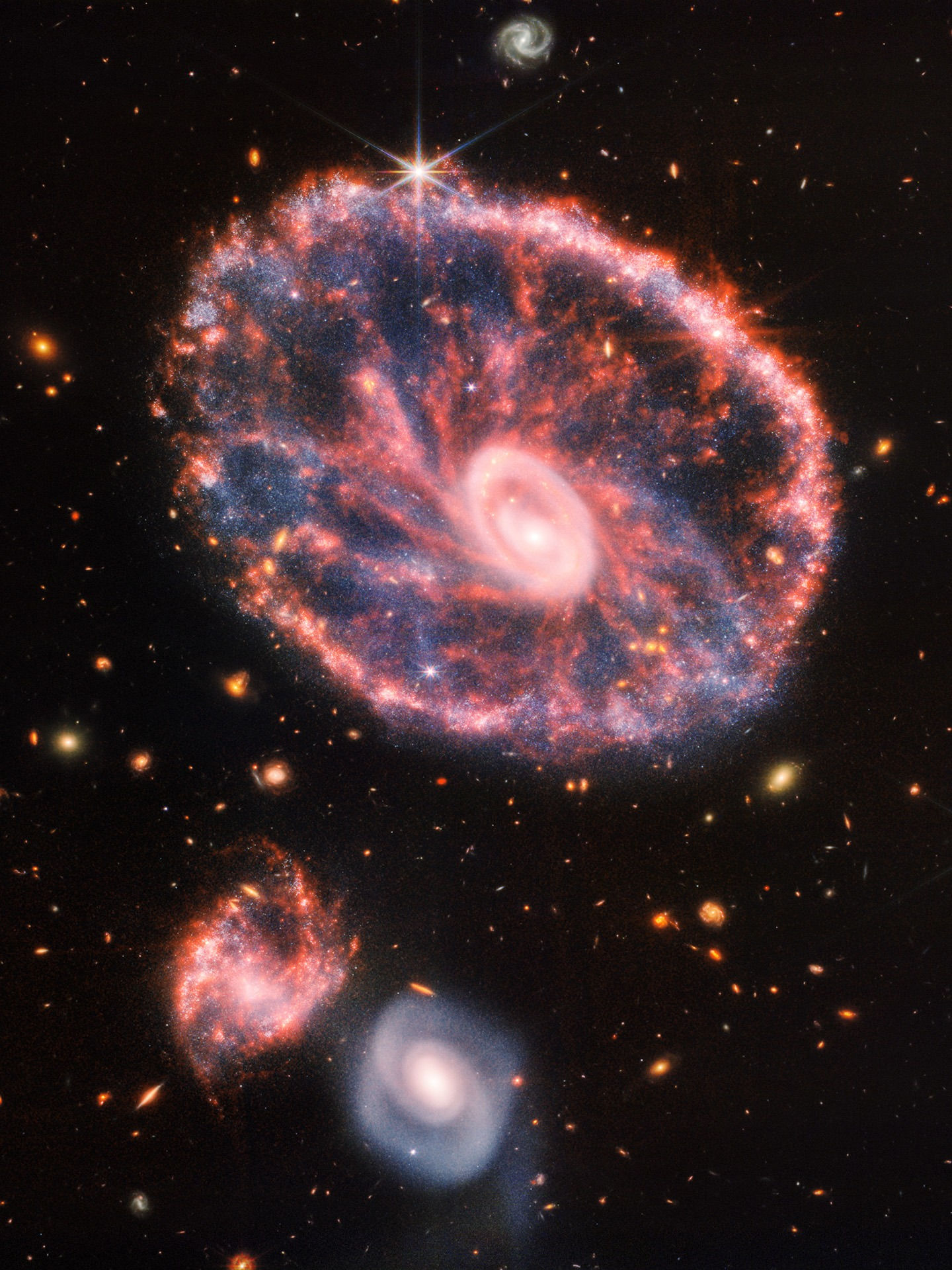A New Photo by HST Depicts NGC 5486
- Prof.Smith
- Mar 21, 2023
- 2 min read

Behold! The Hubble Space Telescope has bestowed upon us a fresh image (photo above) that captures the meandering spiral arms of a faraway galaxy in the throes of star birth. Known by the name NGC 5486, this irregular spiral galaxy is perched 110 million light-years from Earth in the constellation Ursa Major. The lack of a definite shape or structure leads us to classify it as an irregular galaxy. It's highly likely that its appearance was distorted by the gravitational pull of a much larger cosmic neighbor.
Brought to us by NASA on March 10, the new snapshot of NGC 5486 unveils the galaxy’s faint, wandering spiral arms and dazzling core. Moreover, the image displays several dim and remote galaxies in the backdrop. NASA spokespersons declared in a statement that “The tenuous disk of the galaxy is threaded through with pink wisps of star formation, which stand out from the diffuse glow of the galaxy’s bright core.”

NGC 5486 is located in the proximity of the Pinwheel Galaxy (photo above), a grand design spiral galaxy and one of the best-known examples of the type. The Pinwheel Galaxy, also known as NGC 5457, dwells roughly 21 million light-years away from Earth in the constellation Ursa Major. It's one of the closest galaxies to our planet, twice the size of the Milky Way, and home to over a trillion stars. The space telescope took the largest and most detailed photo of a spiral galaxy ever captured back in 2006, which happened to be of the Pinwheel Galaxy.
The recent image of NGC 5486 is part of an initiative to study debris left behind by Type II supernovas, which are explosive and violent stellar outbursts that occur after the sudden collapse of a massive star. "As massive stars reach the end of their lives, they cast off huge amounts of gas and dust before ending their lives in titanic supernova explosions," NASA officials stated in their recent declaration. "NGC 5486 hosted a supernova in 2004, and astronomers used the keen vision of Hubble’s Advanced Camera for Surveys to explore the aftermath in the hopes of learning more about these explosive events."






























































































Comments